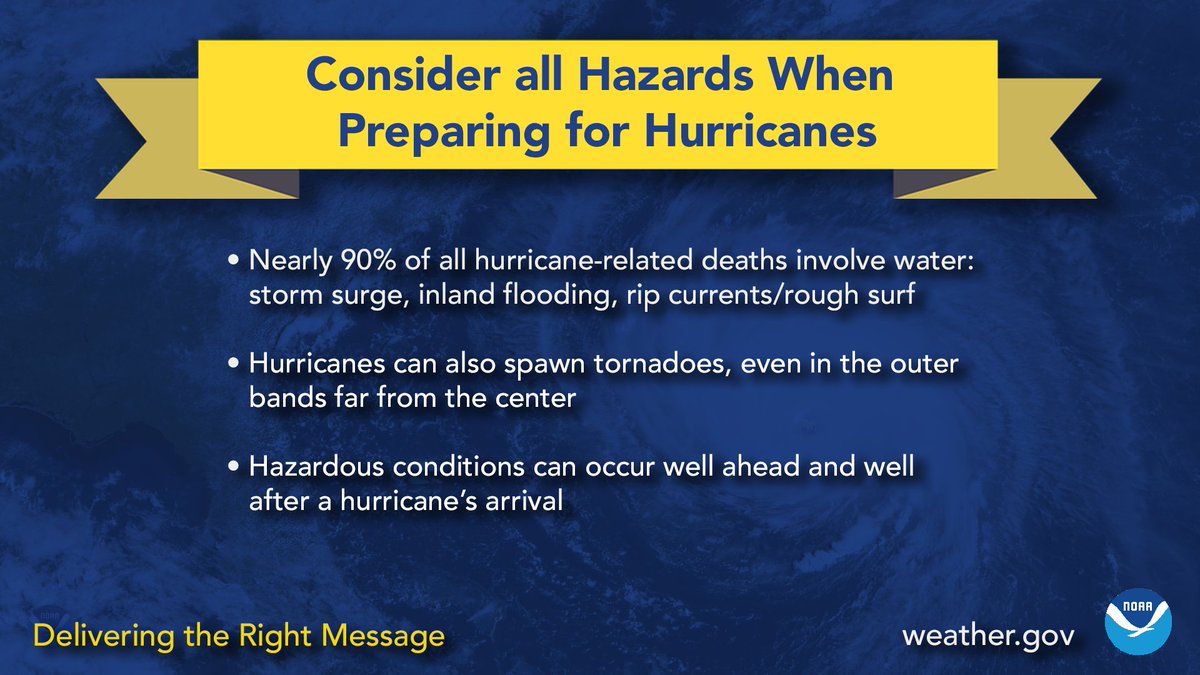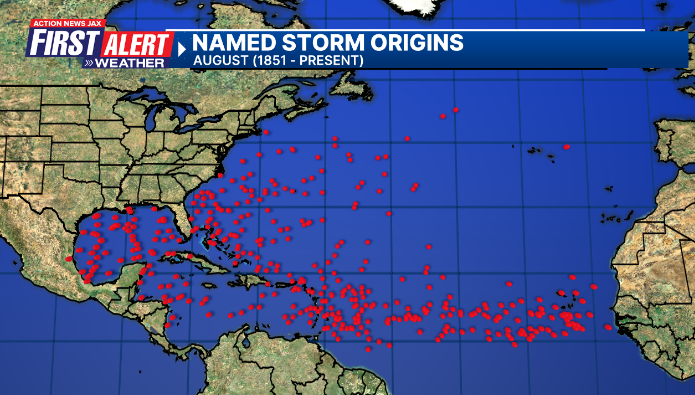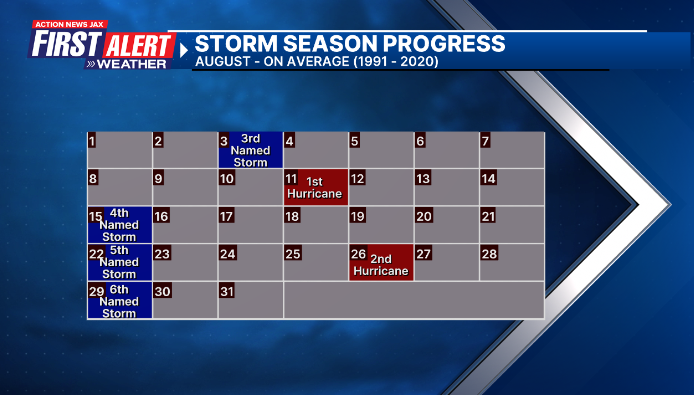Jacksonville, Fl. — THE TROPICS:
***** ALWAYS CHECK & RE-CHECK THE LATEST FORECAST & UPDATES! ****
A big thank you to meteorologist Garrett Bedenbaugh for updating “Talking the Tropics” for a few days this week.
Tropics threats/impacts for Jacksonville/NE Florida/SE Georgia: The high rip current risk at area beaches will slowly improve through the weekend.
The Atlantic Basin Overview:
The Atlantic hurricane season is June 1st through Nov. 30th.
(1) Tropical wave ‘97-L’ moved off the coast of Africa Sunday & was upgraded to tropical storm “Erin” a week ago Mon. morning. Erin has slowly organized & strengthened & was upgraded to a hurricane Fri. morning - the first of the Atlantic season- a little later than the avg. date of Aug. 11th. During a period of rapid intensification (RI), Erin reached Cat. 4 by early Saturday morning, and then a Cat. 5 shortly before noon - only the 5th Cat. 5 to occur over the Atlantic Basin on or before Aug. 16th. Erin weakened quite a bit Sat. night through an eyewall replacement cycle then regained strength some while threading the needle - as expected - far to the east of Florida, east of the Carolina’s & west & north of Bermuda.
Erin remains a large hurricane while accelerating to the northeast over the North Atlantic as it transitions to a post-tropical large ocean storm. While rough seas & surf continue along the U.S. east coast along with a high rip current risk, conditions will slowly improve through the weekend. Erin - as a large ocean storm that’s non-tropical - will slow down its forward speed next week then languish south of Iceland by the middle of next week while slowly winding down.
(2) The strong tropical wave - ’90-L’ over the Central Atlantic has made the turn northwest. This wave should become a tropical depression or storm while turning more northward through the weekend. While there may be impacts to Bermuda, this system stays far to the east of Florida & the entire U.S. east coast following in the wake of Erin.
(3) Tropical wave ‘99-L’ is over the Eastern Atlantic moving westward. It appears some ridging will develop beneath (to the south) of 90-L helping to steer 99-L more to the west. Conditions become less favorable for development over the next few days before *possibly* becoming more favorable again next week over the Caribbean. Forecast models have been inconsistent on whether or not there is significant development, but this wave is a system to watch & monitor for the Caribbean.


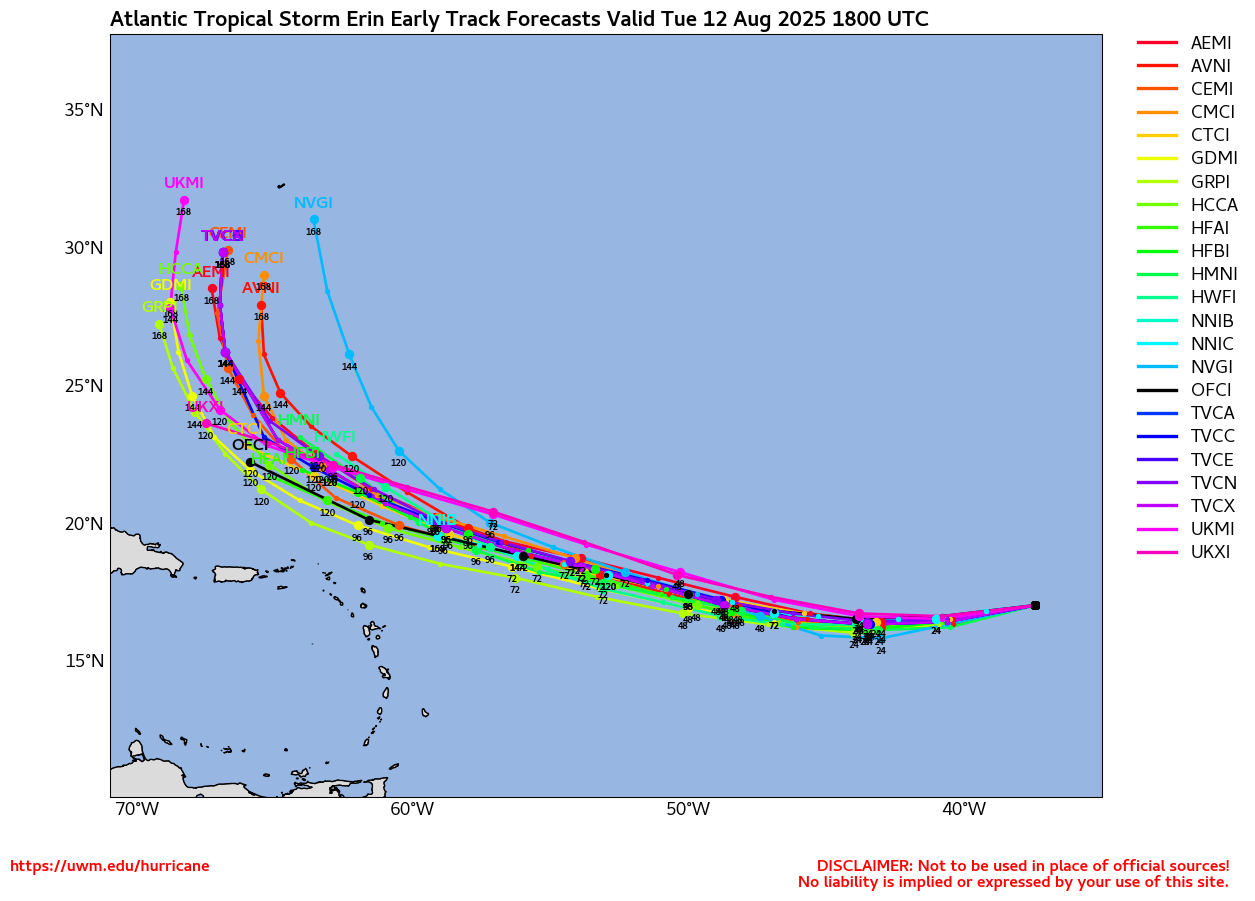




‘Velocity potential anomalies’ below. shows “Rising” air (green lines) equates with an uptick in overall convection. With rising air, conditions are generally more favorable for tropical development. Where there are brown lines, the air is generally sinking & is often less conducive to tropical cyclones (though not impossible to have development):
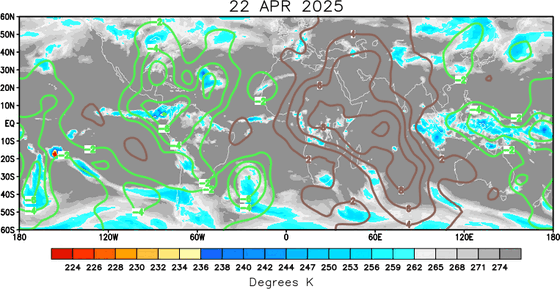
The “Buresh Bottom Line”: Always be prepared!.....First Alert Hurricane Preparation Guide... City of Jacksonville Preparedness Guide... Georgia Hurricane Guide.
STAY INFORMED: Get the * FREE * First Alert Weather app
FREE NEWS UPDATES, ALERTS: Action News Jax app for Apple | For Android
WATCH “Preparing for the Storm”
WATCH “The Ins & Outs of Hurricane Season”
READ the First Alert Hurricane Center “Preparation Guide”
LISTEN “First Alert Weather: Preparing for the Storm”
Federal Alliance for Safe Homes (FLASH) * here *.
REMEMBER WHEN A TROPICAL STORM OR HURRICANE IS APPROACHING: Taping windows is *not* recommended & will not keep glass from breaking. Instead close curtains & blinds.
Realize the forecast cone (”cone of uncertainty”) is the average forecast error over a given time - out to 6 days - & *does not* indicate the width of the storm &/or where damage might occur.
The map below shows the *average* time for a tropical wave coming off Africa to travel west & northwest. Only about 1 in 5 tropical waves - on average - become a tropical cyclone of some sort (depression/storm/hurricane):
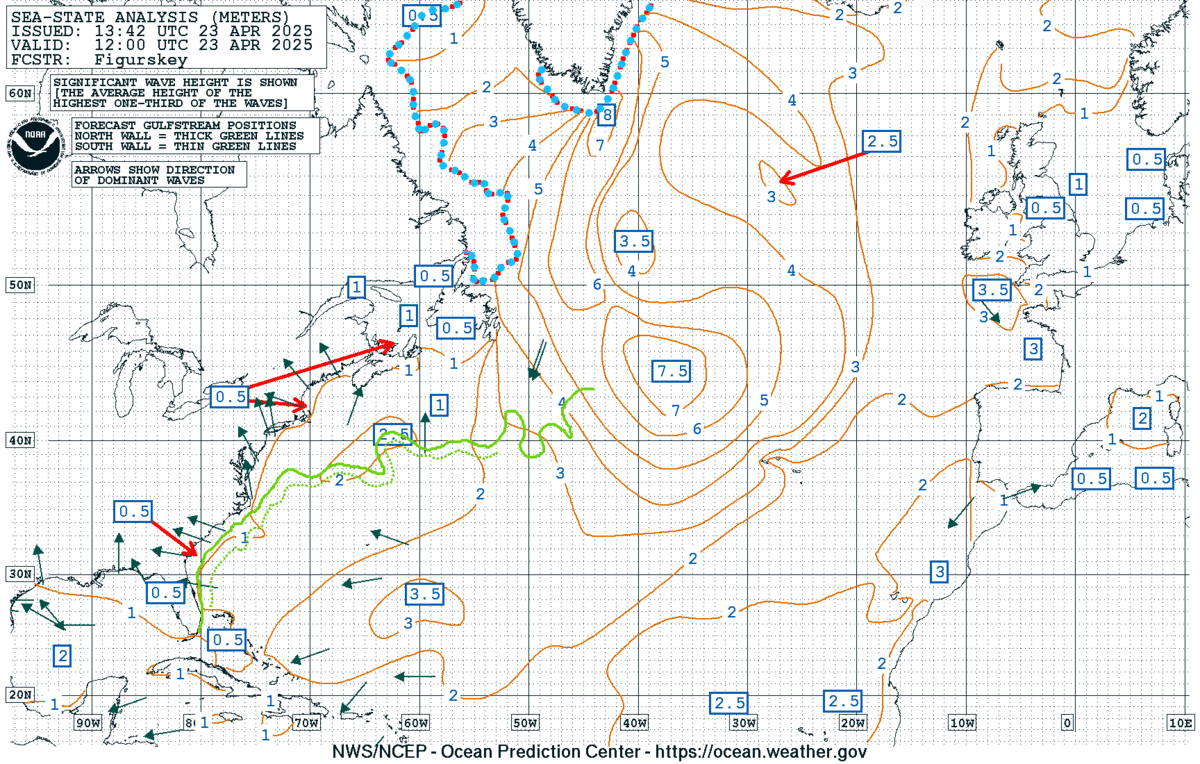
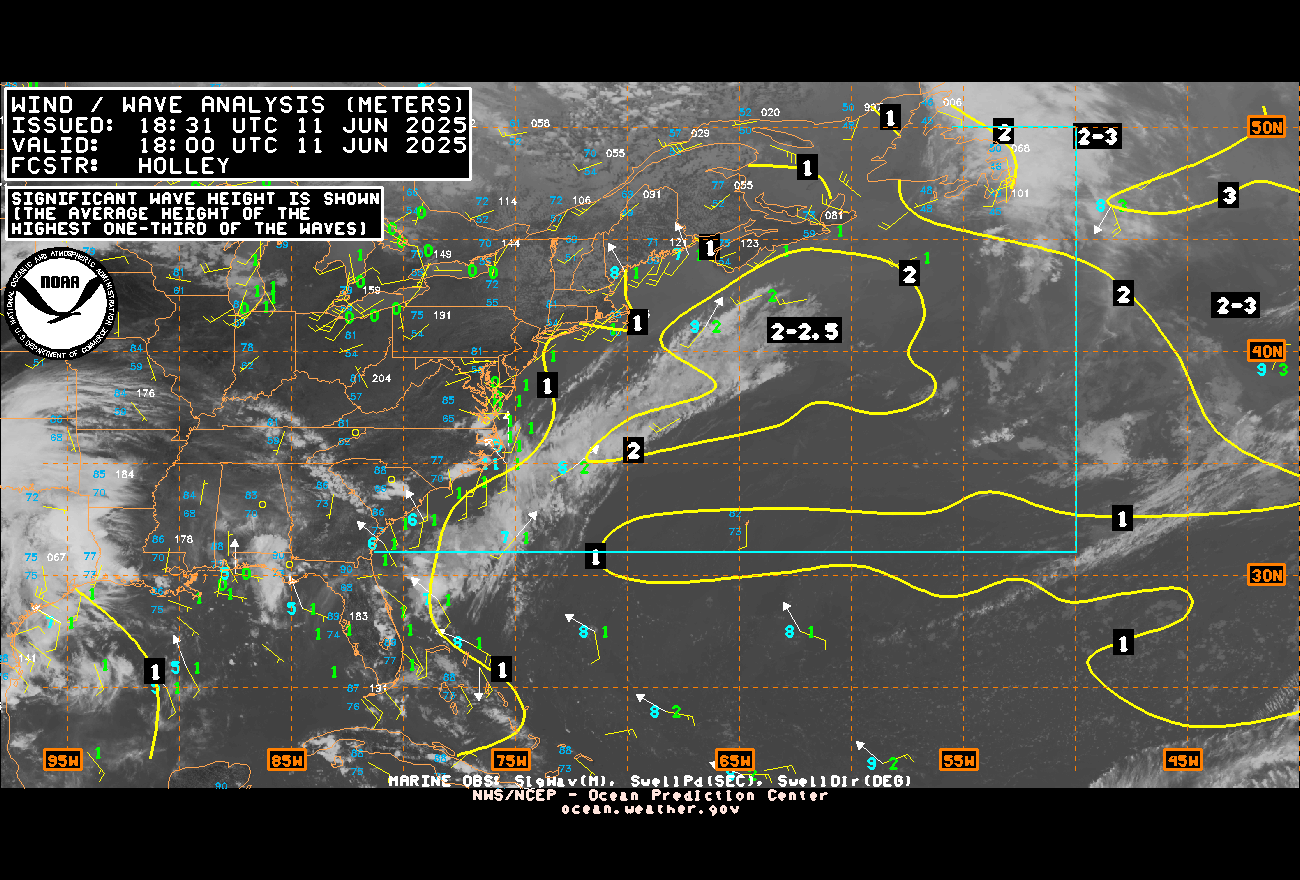




Water vapor loop (dark blue/yellow is dry mid & upper level air):

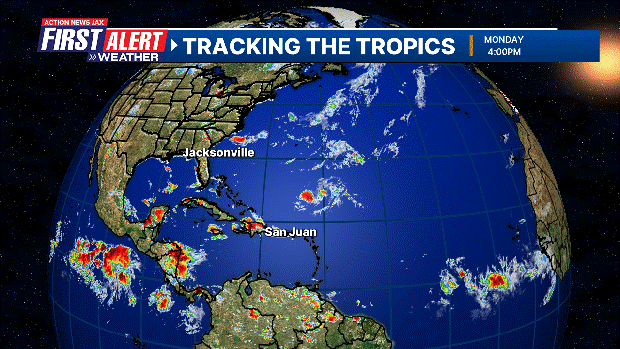
August Atlantic tropical cyclone origins:
Averages below based on climatology for the Atlantic Basin for August:
Wind shear (red - strong shear; green - low shear). Shear is typically strong to start the hurricane season:



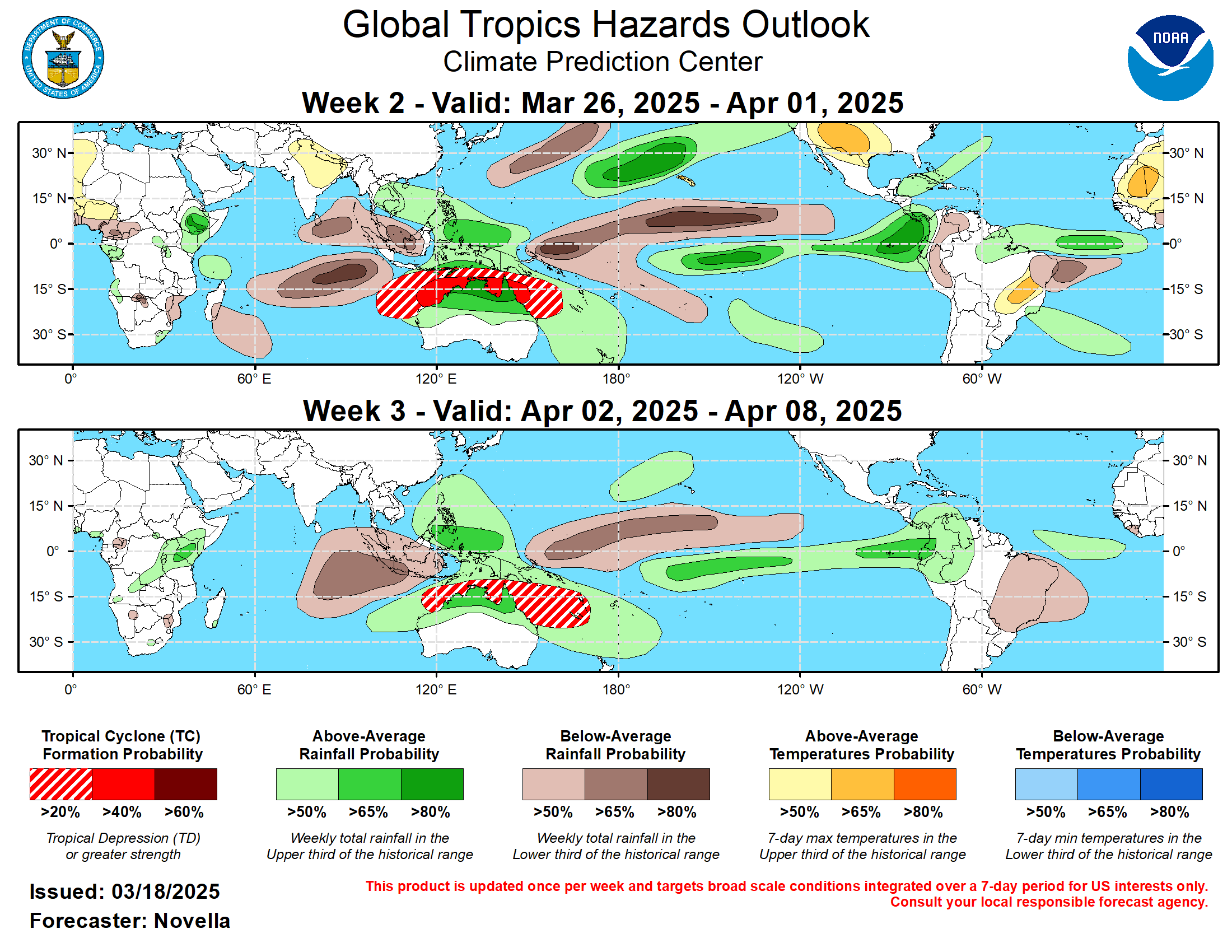
Saharan dust spreads west each year from Africa driven by the prevailing winds (from east to west over the Atlantic). Dry air = yellow/orange/red/pink. Widespread dust is indicative of dry air that *can* interfere with the development of tropical cyclones. However, sometimes “wanna’ be” waves will just wait until they get to the other side of - or away from - the dust plume then try to develop if other conditions are favorable (we saw this with Beryl & Debby last year). It’s my personal opinion that there is way too much “hoopla” about the presence of Saharan dust & how it relates to tropical cyclones. In any case, the peak of Saharan dust typically is in June & July, & we are indeed seeing a large “blobs” of Saharan dust over the Central & Eastern Atlantic that’s thinning with westward extent but enough of it to make for hazy skies across the Caribbean & - at times - across parts of Florida.
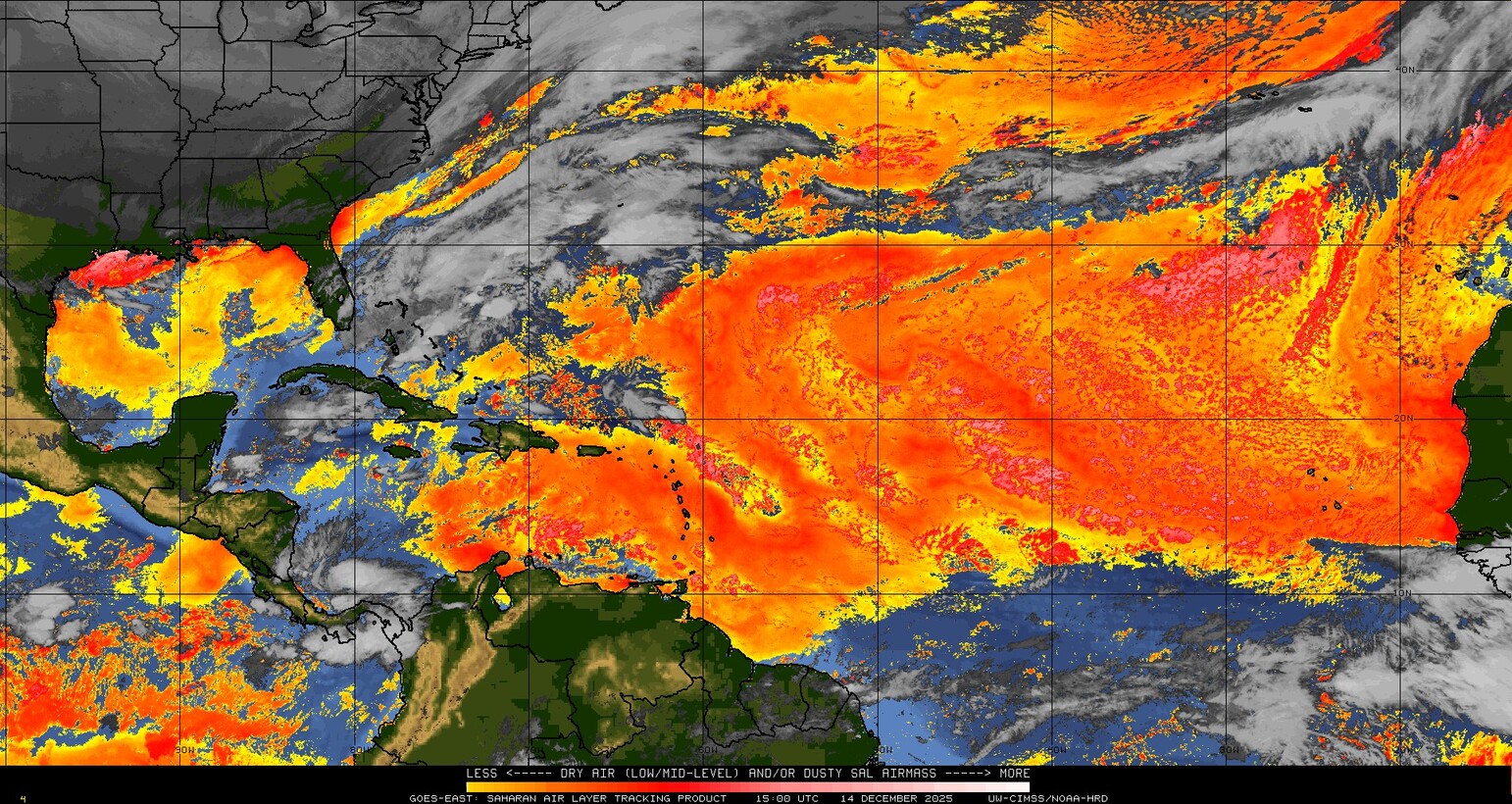
2025 names..... “Fernand” is the next name on the Atlantic list (names are picked at random by the World Meteorological Organization... repeat every 6 years). Historic storms are retired [Florence & Michael in ’18... Dorian in ’19 (the last time this year’s list was used) ... Laura, Eta & Iota in ‘20 ... Ida in ‘21 ... Fiona & Ian in ‘22... no names were retired in ‘23 for the first time since 2014... & Beryl, Helene & Milton last year in 2024]). The WMO decided - beginning in 2021 - that the Greek alphabet will be no longer used & instead there will be a supplemental list of names if the first list is exhausted (has only happened three times - 2005, 2020 & 2021). The naming of tropical cyclones began on a consistent basis in 1953. More on the history of naming tropical cyclones * here *.

Hurricane season climatology:
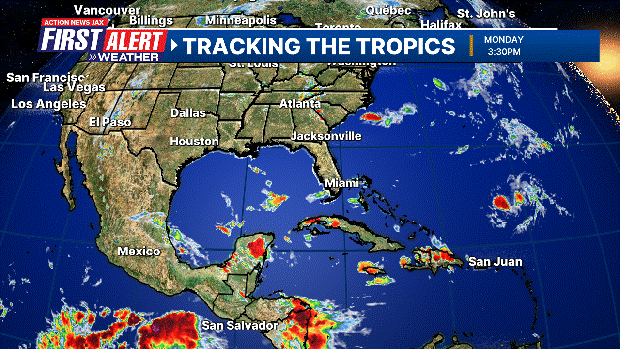



East Atlantic:




Mid & upper level wind shear (enemy of tropical cyclones) analysis (CIMMS). The red lines indicate strong shear:
Water vapor imagery (dark blue indicates dry air):

Deep oceanic heat content over the Gulf, Caribbean & tropical Atlantic. The colors will brighten greatly as the water warms to greater depths deeper into the season. It’s worth noting that the deep oceanic heat content right now is not as high as this time last year.

Sea surface temps.:

Sea surface temp. anomalies:
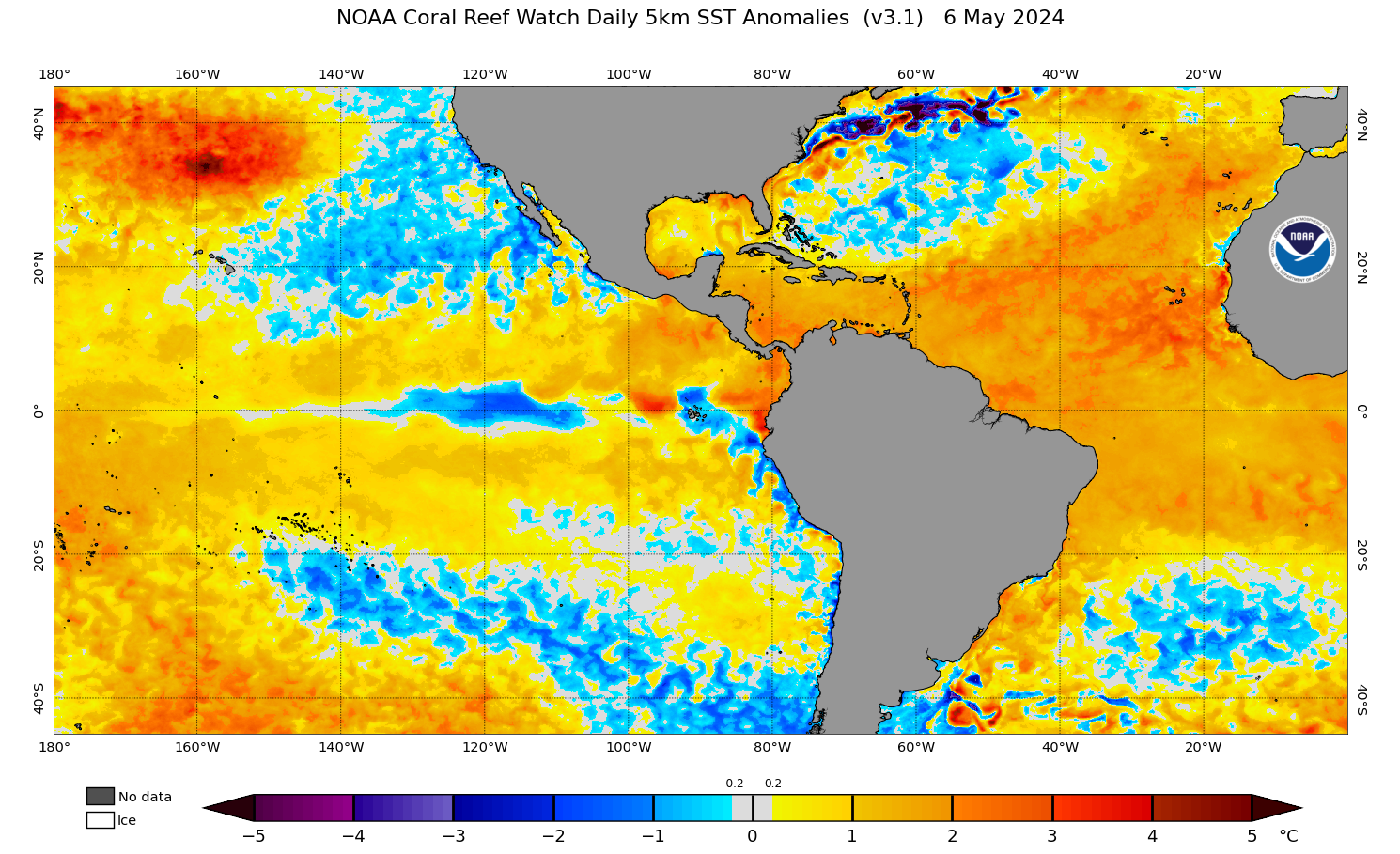
SE U.S. surface map:
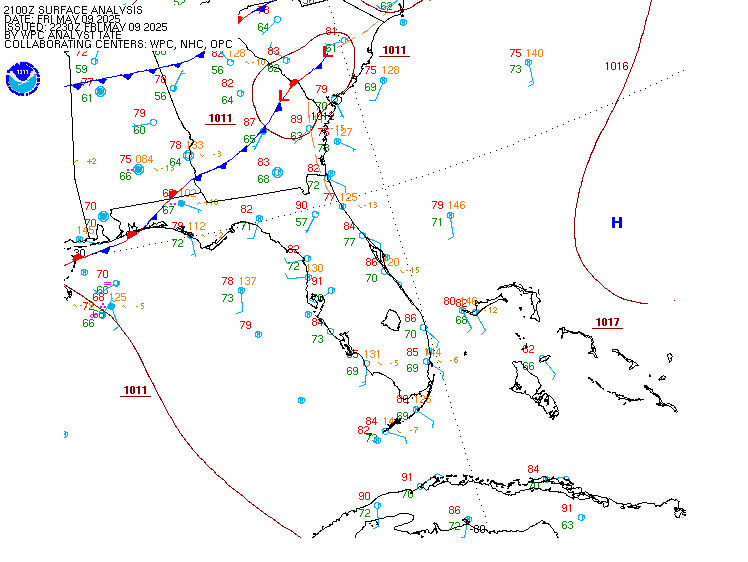
Surface analysis centered on the tropical Atlantic:
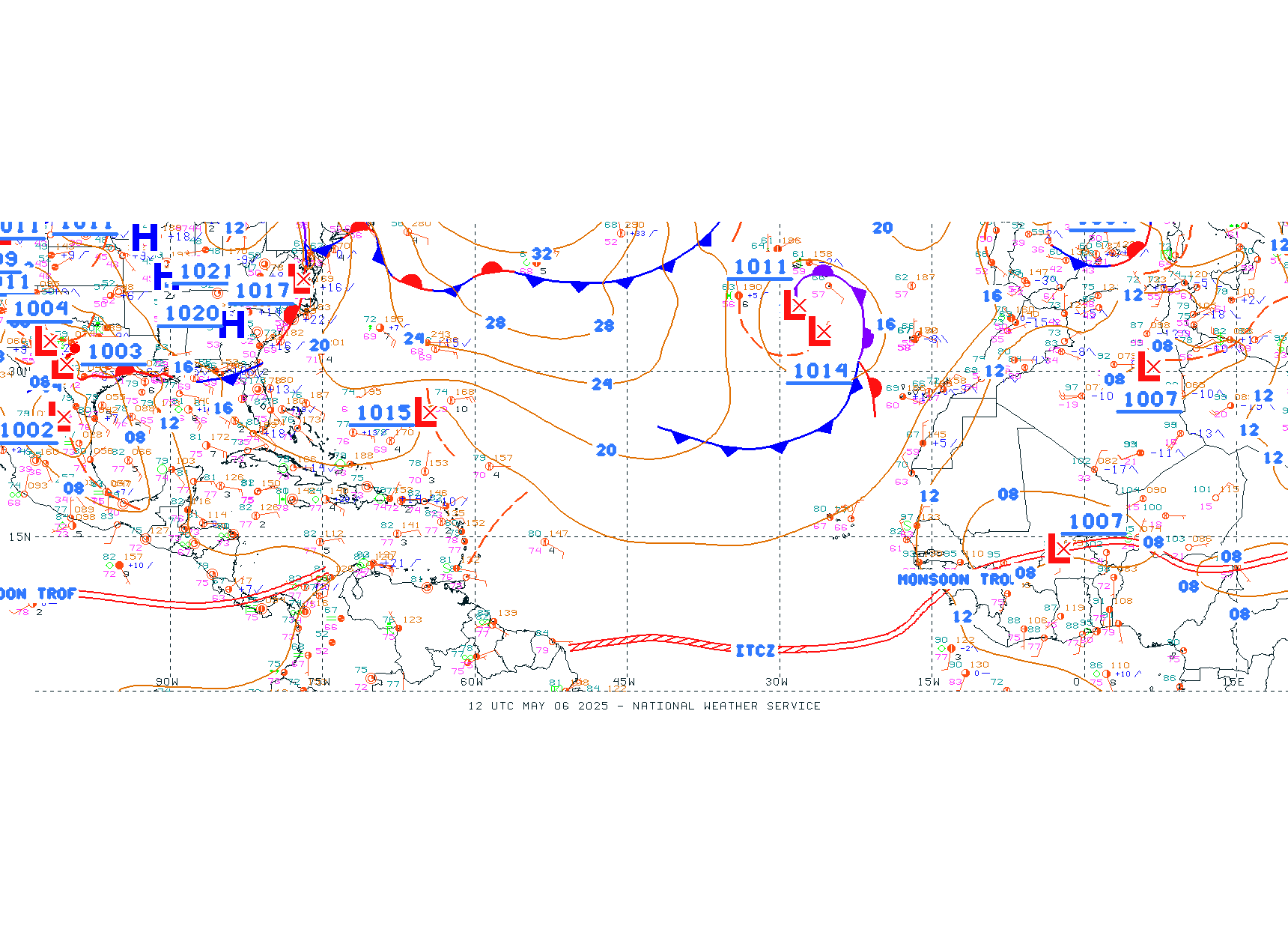
Surface analysis of the Gulf:

Caribbean:

Atlantic Basin wave period forecast for 24, 48, 72 & 96 hours respectively:
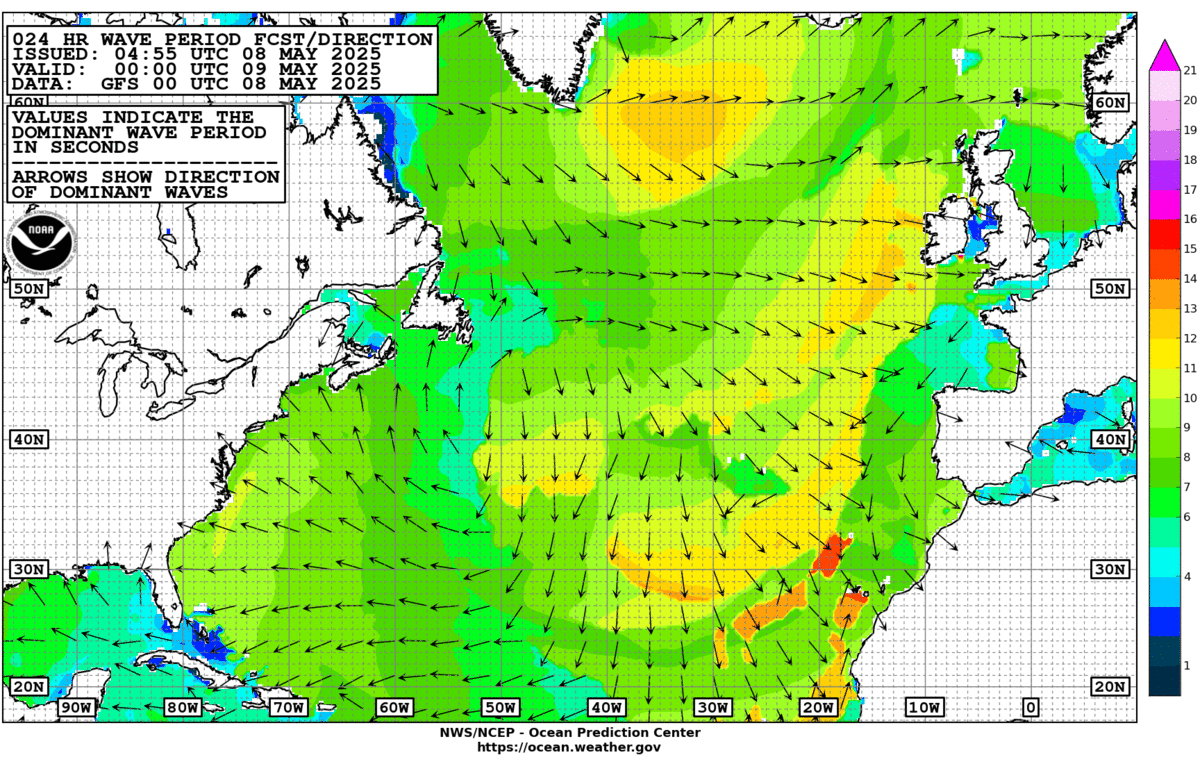
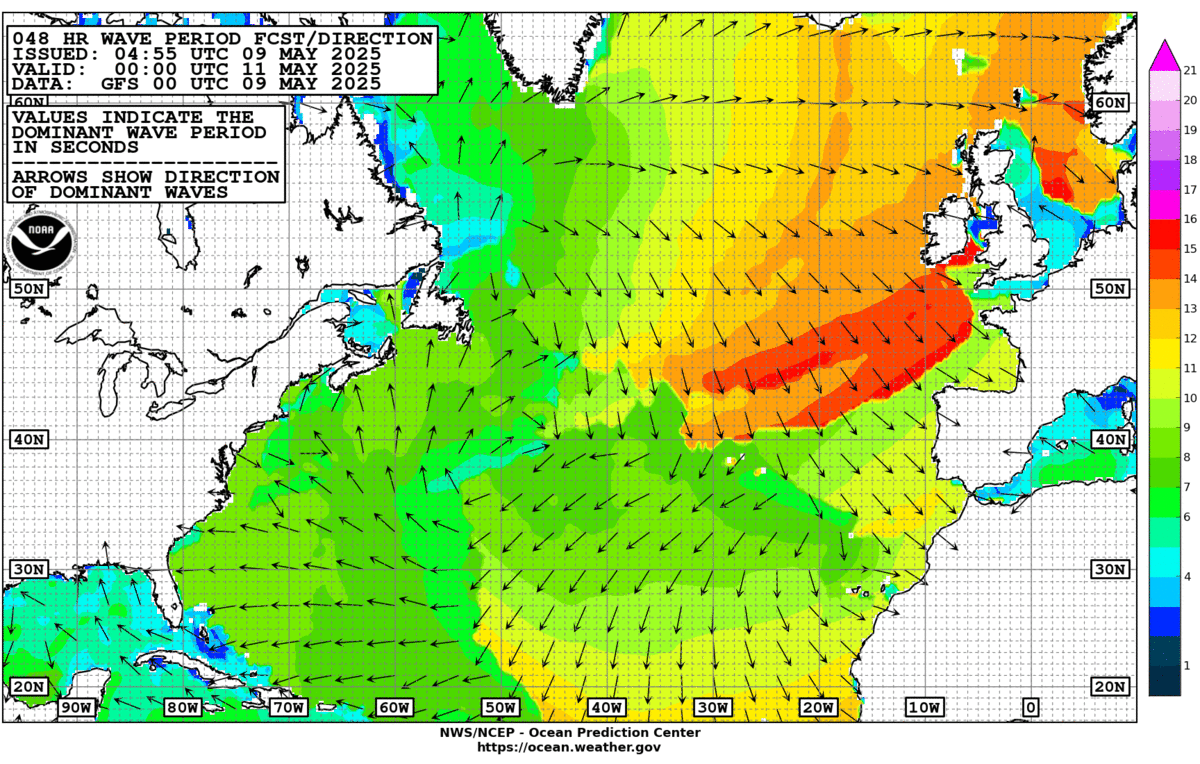
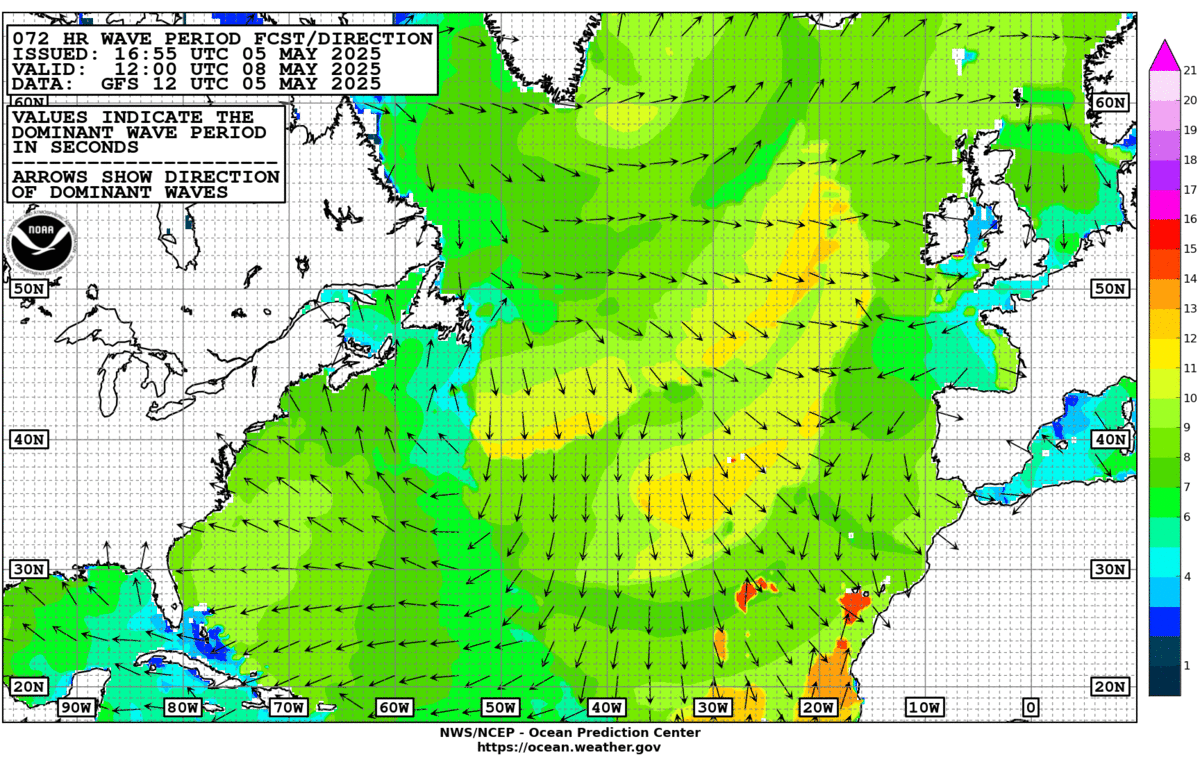
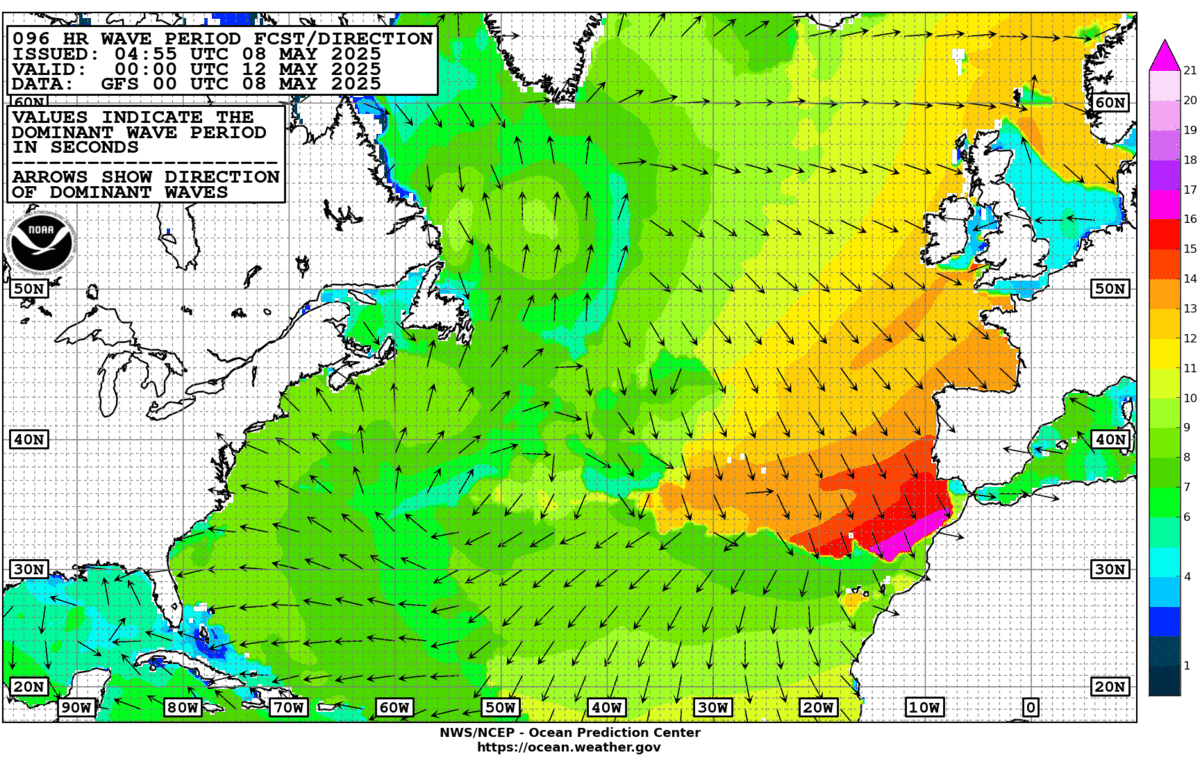

This past spring I visited the west coast of Florida - from Cedar Key to Tampa Bay - to see how the area is recovering from the very rough ‘24 hurricane season namely Helene & Milton:
East & Central Pacific:
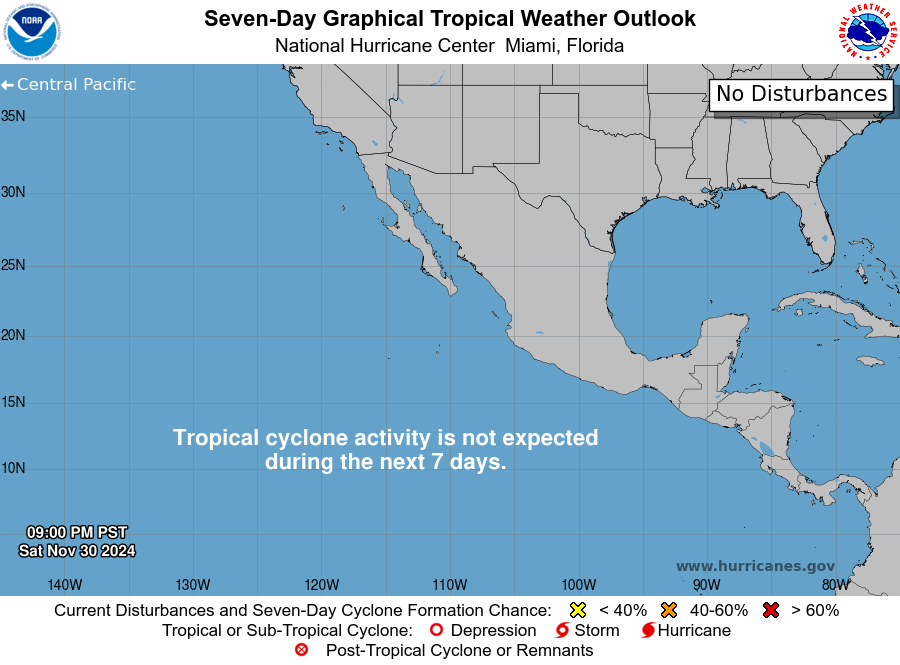



Central Pacific:
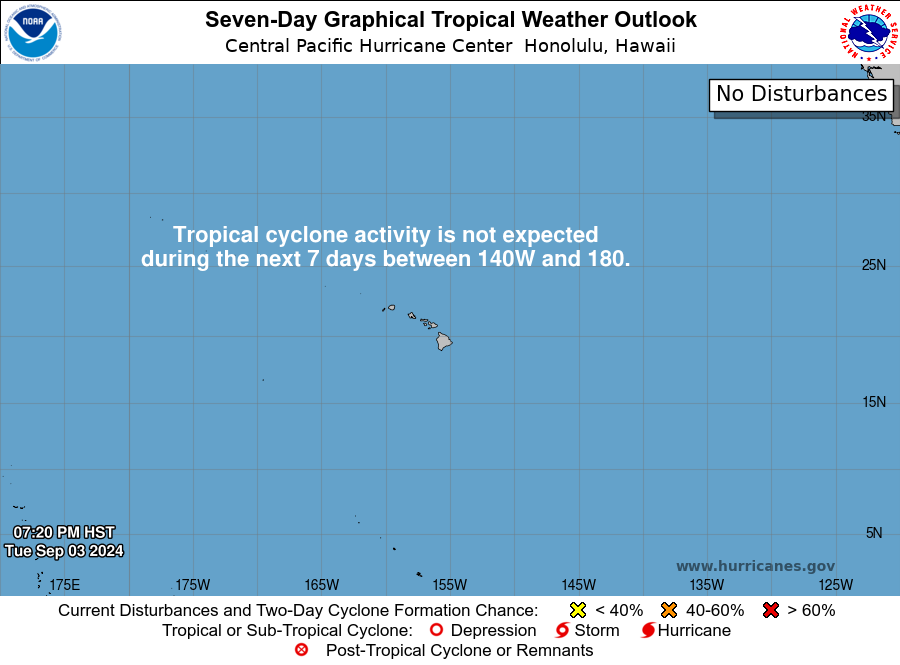
Hawaii satellite imagery:

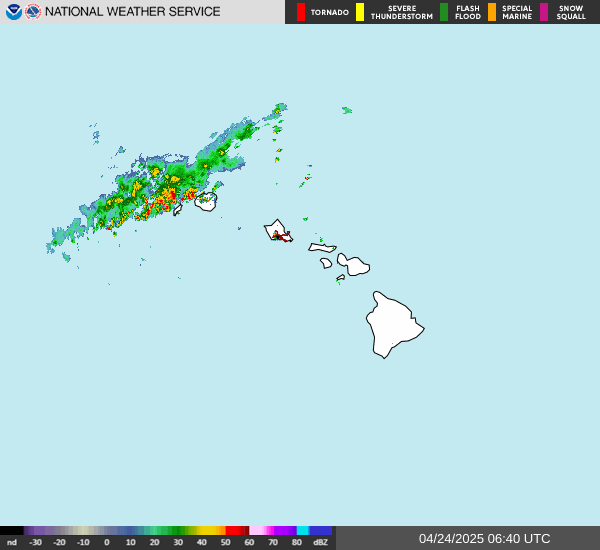
West Pacific:
Global tropical activity:
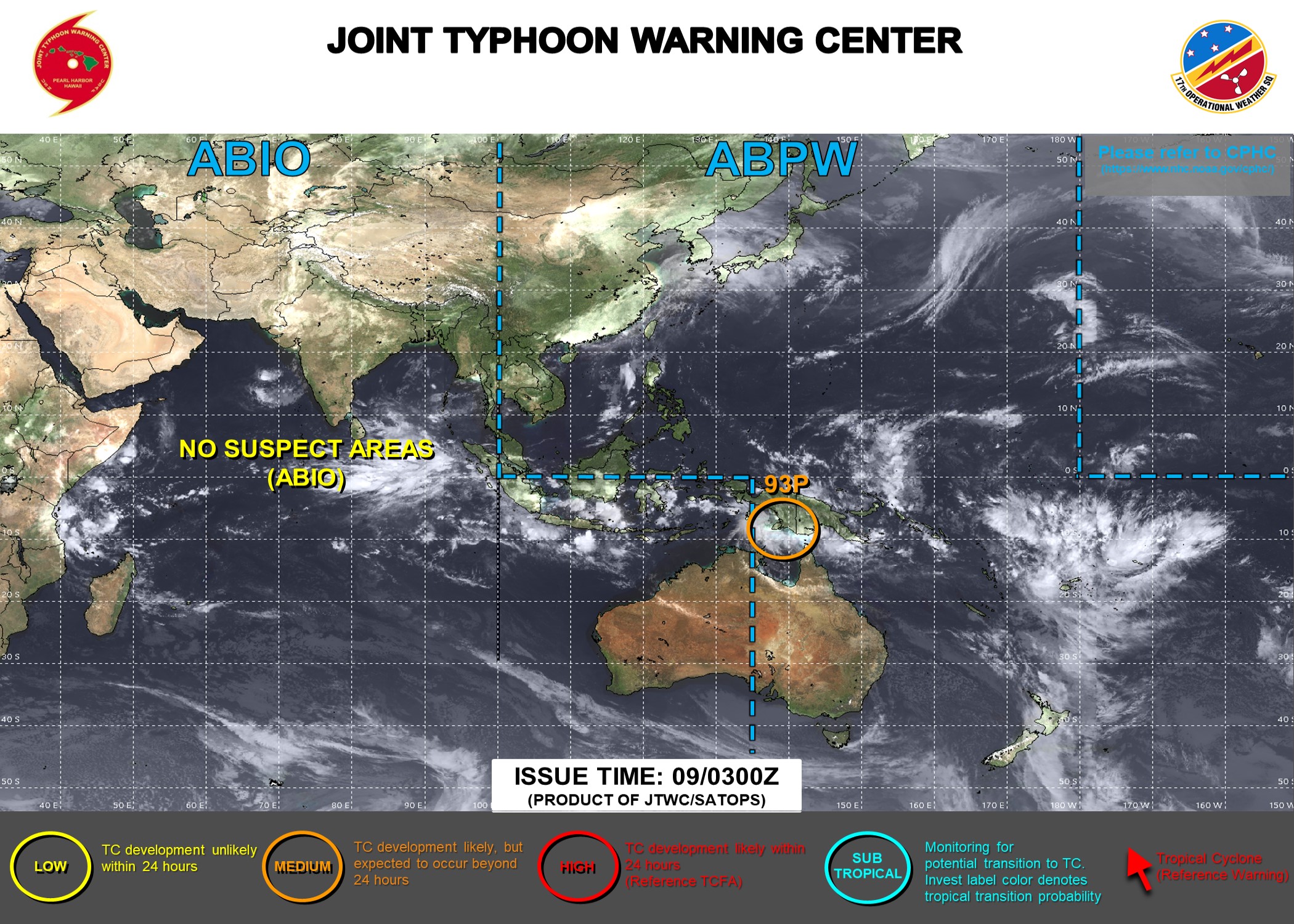
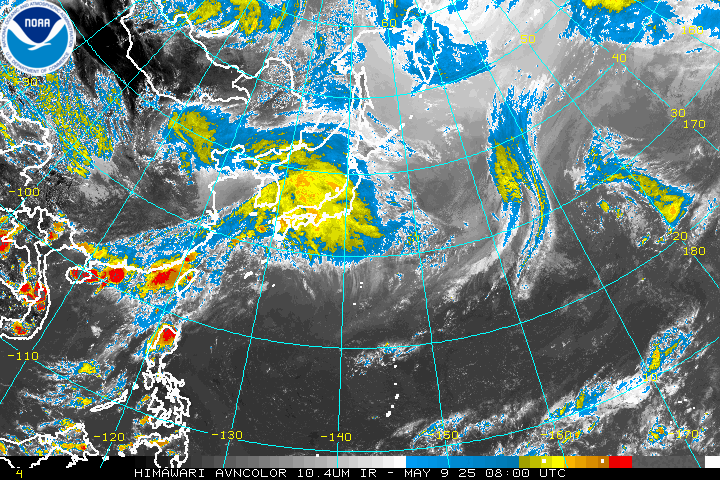
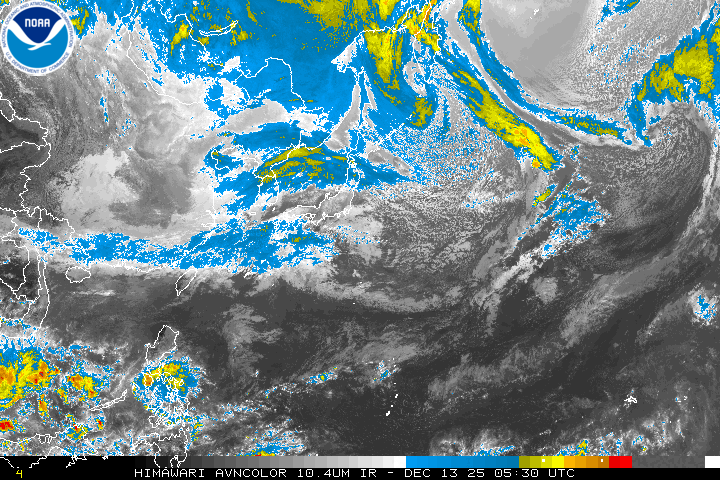
Cox Media Group

